https://www.fizzicseducation.com.au/wp-content/uploads/2022/12/Liquid-nitrogen-cloud-1920-x-200px-dark-blue-wash.jpg
BIG SCIENCE BIG FUN!
An awesome science show performance with all the cool stuff for your next school visit!
See gigantic bubbles, flying toilet paper, hair-raising electricity experiments, bubbling liquid nitrogen demos, levitating beach balls, volunteers on a nail chair, a giant gyroscope, fire balls, coloured shadows, a flame equalizer and much more!
This great ‘science sampler’ was originally developed as the main stage show for 2008 Australian Science Festival in Canberra as a way of introducing science into the greater community. Perfect for schools that want a professional large stage performance in their school hall, with an added bonus that a show catering up to 240 students at a time is also more economical per student.
Students love this as an end of school term treat or as something to get the kids back into science!

Australian ACARA Content Outcomes:
PW1 Change to an object’s motion is caused by unbalanced forces acting on the object (ACSSU117).
PW2 The action of forces that act at a distance may be observed and related to everyday situations.
PW3 Energy appears in different forms including movement (kinetic energy), heat and potential energy, and causes change within systems (ACSSU155).
CW1 The properties of the different states of matter can be explained in terms of the motion and arrangement of particles (ACSSU151).
CW2 Scientific knowledge and developments in technology have changed our understanding of the structure and properties of matter.
The motion of objects can be described and predicted using the laws of physics (ACSSU229)
Energy conservation in a system can be explained by describing energy transfers and transformations (ACSSU190)
Australian National Curriculum Mapping for all our science workshops & shows
NSW K – 10 Science Syllabus mapping for all our incursions
NSW Science Syllabus Content:
A student:
develops knowledge of the Physical World, Earth and Space, Living World and Chemical World, and understanding about the nature, development, use and influence of science (SC4-10PW).
describes the observed properties and behaviour of matter, using scientific models and theories about the motion and arrangement of particles (SC4-16CW).
describes the action of unbalanced forces in everyday situations (SC4-10PW).
applies models, theories and laws to explain situations involving energy, force and motion (SC5-10PW).
NSW Science 7–10 Syllabus
(Implementation from 2026)
For explanatory points & implementation advice for each dot point, please visit the Science 7 -10 Curriculum site
A student:
- identifies questions and makes predictions to guide scientific investigations SC4-WS-02
- describes the effects of forces in everyday contexts SC4-FOR-01
- explains how uses of elements and compounds are influenced by scientific understanding and discoveries relating to their properties SC4-PRT-01
- explains how energy causes geological and chemical change SC4-CHG-01
- develops questions and hypotheses for scientific investigation SC5-WS-02
- communicates scientific arguments with evidence, using scientific language and terminology in a range of communication forms SC5-WS-08
- evaluates current and alternative energy use based on ethical and sustainability considerations SC5-EGY-01
- assesses the uses of materials based on their physical and chemical properties SC5-MAT-01
- describes the features and applications of different forms of waves SC5-WAM-01
- explains the motion of objects using Newton’s laws of motion SC5-WAM-02
NSW K – 10 Science Syllabus mapping for all our NSW incursions
VIC Science Syllabus Content
The properties of the different states of matter can be explained in terms of the motion and arrangement of particles (VCSSU096)
Energy appears in different forms including movement (kinetic energy), heat, light, chemical energy and potential energy; devices can change energy from one form to another (VCSSU104)
The description and explanation of the motion of objects involves the interaction of forces and the exchange of energy and can be described and predicted using the laws of physics (VCSSU133)
Yarra Valley Grammar
-
Feedback on:
-
Big Science Big Fun
MacKillop Catholic College
-
Feedback on:
-
tick tick BOOM!
Science Show Demonstrations
Shooting compressed air rings over the class - discussion on pressure
Float balls in mid-air, relating curved surfaces to wing design
Colour addition vs colour subtraction
Learn about the fire triangle in this highly visual demonstration
Demonstration on how the Coanda effect helps planes to fly
A student uses a giant gyroscope to spin on a rotating platform
Have a look at surface tension in a different way
Friction is reduced with this purpose built student carrying hovercraft!
How are lasers used in atmospheric research?
Flying glove, popping tins, nitrogen sprinkler, bubble column, fog and more
An expanding sphere (1ft to 4ft). Gravity, forces, friction & big bang.
How can you sit on a nail chair and be OK? Dispelling magic myths...
Colour addition experiment for the entire audience.
How do cartoons work? A hidden message can be revealed in this demo.
For every action there is an equal and opposite reaction...
A 'flame equalizer', how does it work?
Pulling and pushing forces are analysed in this visual demonstration
A visual representation of sound waves
The pitch changes as the tubes are swung faster through the air...why?
Opposite charges attract, like charges repel... related to a 'Fun fly stick' toy
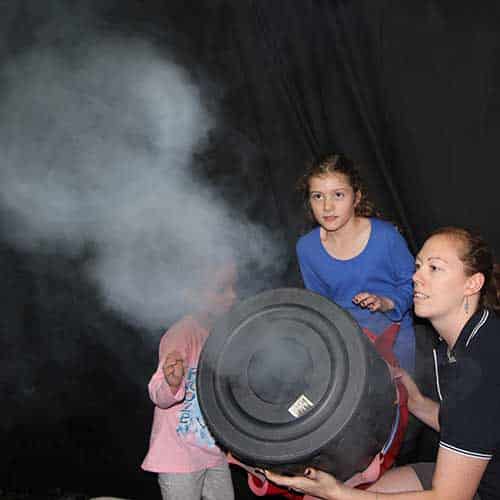
A school science show visit that students love
Feedback on the Big Science school incursion
Appropriate for Years 7 to 10 with a maximum of 240 students per science show
Access to 2 electrical power sockets and 3 tables
Chairs are not required
A white screen or whiteboard can be handy but not essential
Duration 60 minutes, set up time 45 minutes and pack up time 45 minutes
Ability to turn off your fire alarms if we are to run the Rubens tube or fireball demonstration
For us to provide the best possible learning experience, the materials used during the presentation may be varied to suit the conditions and the audience. Please chat with our presenter if there is a particular focus that you’d like us to cover.
During Social Distancing – Contact us
and we’ll tailor a program to suit both your school and the State’s social distancing requirements. Further details here
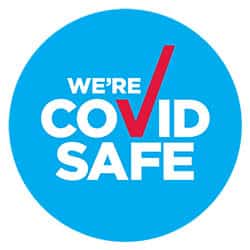
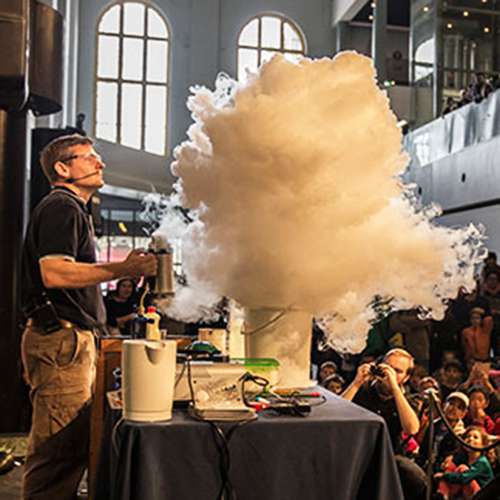
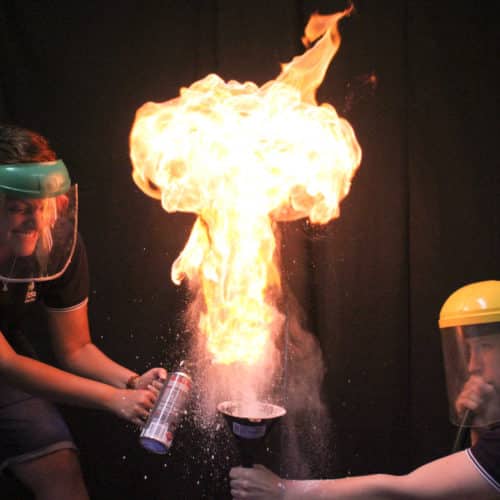

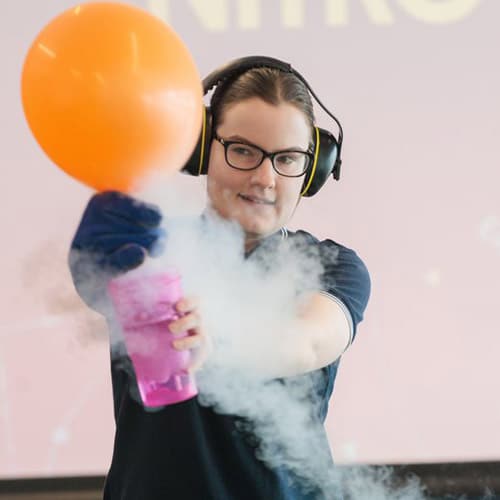














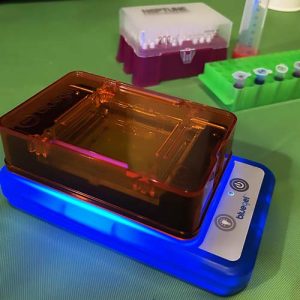






I just wanted to pass on how much the staff and students really enjoyed it and how perfect it was to launch our science week activities. The students were enthralled, educated and entertained – a perfect trifecta!
-Caulfield Grammar School – Big Science Big FunThanks so much for presenting at our school on Monday. Our students enjoyed the show.
-Greenvale Primary School – Big Science Big FunFizzics Education curated a thoughtful and hands-on experience for the children, incorporating practical, skill-based learning activities and followed by a science presentation at the end of the event involving liquid nitrogen. This was delivered safely and effectively, capturing both the children and the parents for the duration of the presentation.
-Macquarie Bank – Family Fun DayFizzics Education ran a show today at our school and it was wonderful. He was a great facilitator and the show was age appropriate and well done.
-Mount Zion Early learning centre – Little Science Big FunI just wanted to pass on how much the staff and students really enjoyed it and how perfect it was to launch our science week activities. The students were enthralled, educated and entertained – a perfect trifecta!
-Caulfield Grammar School – Big Science Big FunThanks so much for presenting at our school on Monday. Our students enjoyed the show.
-Greenvale Primary School – Big Science Big FunFizzics Education curated a thoughtful and hands-on experience for the children, incorporating practical, skill-based learning activities and followed by a science presentation at the end of the event involving liquid nitrogen. This was delivered safely and effectively, capturing both the children and the parents for the duration of the presentation.
-Macquarie Bank – Family Fun DayFizzics Education ran a show today at our school and it was wonderful. He was a great facilitator and the show was age appropriate and well done.
-Mount Zion Early learning centre – Little Science Big Fun